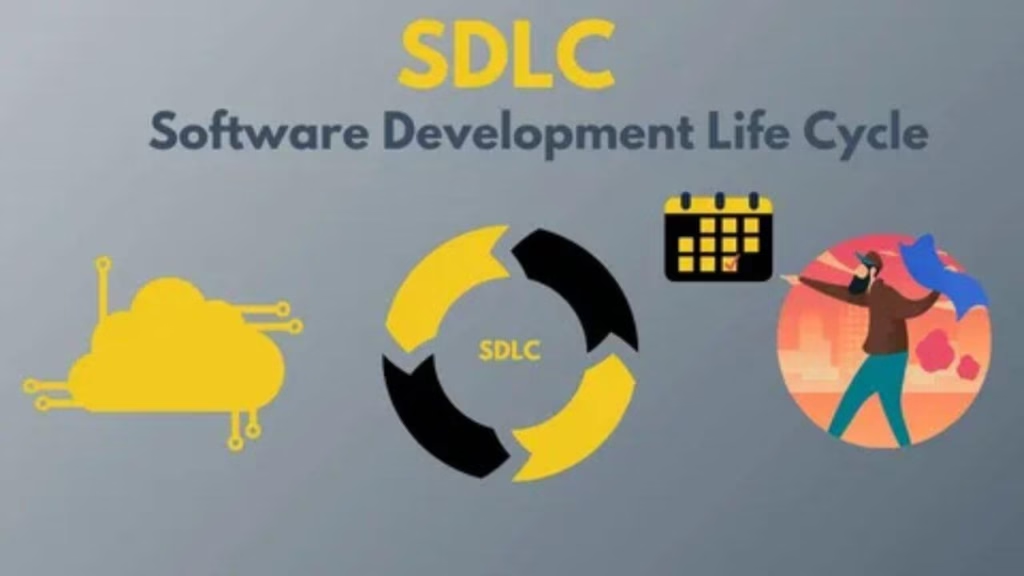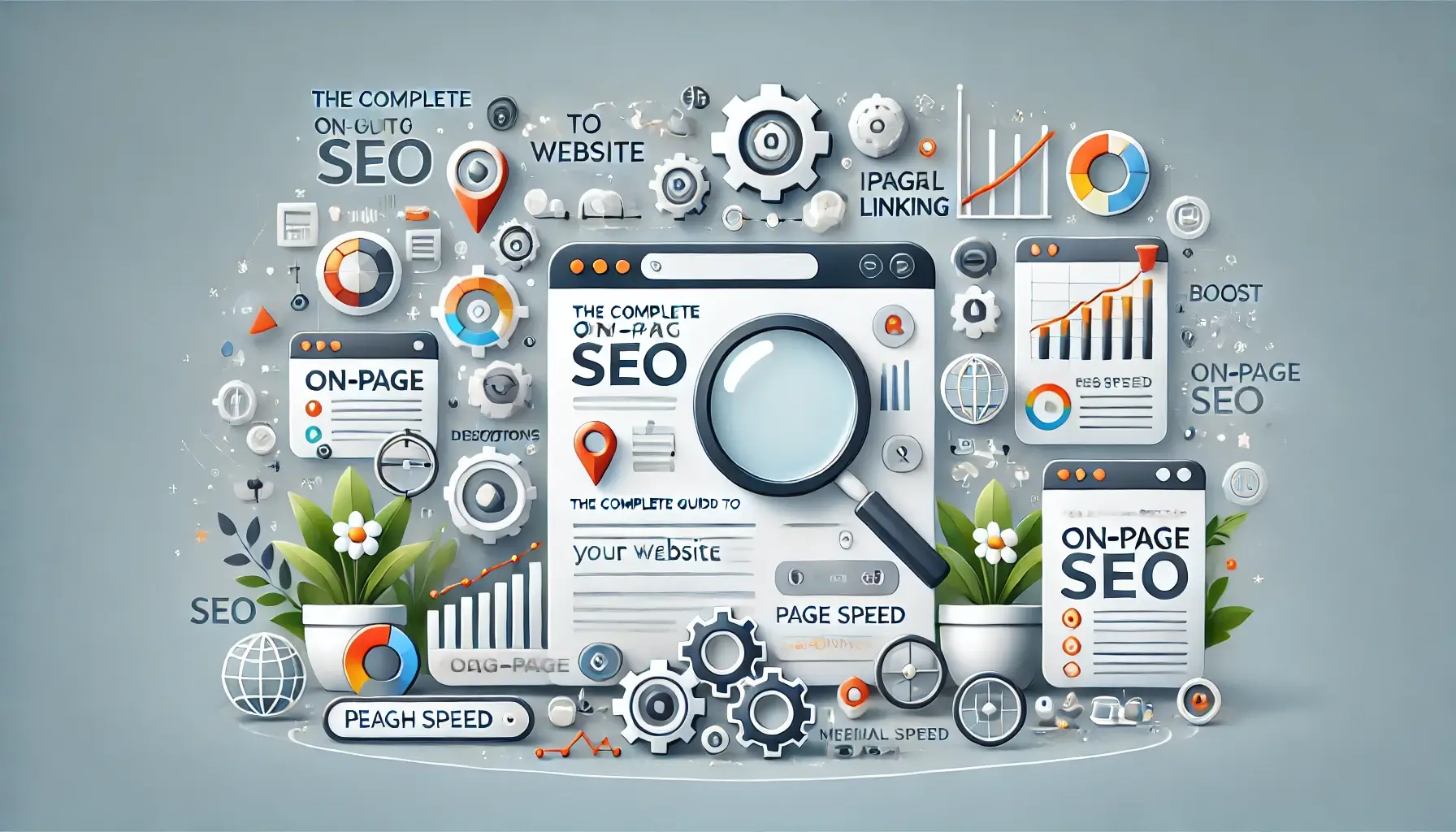The Understanding of the Software Development Lifecycle (SDLC) is important for developing terrific software program. It provides a scientific framework to guide teams through the complete software improvement process, making sure performance, reliability, and pride for end-customers. Whether you’re a software program developer, task supervisor, or a commercial enterprise leader, knowing the bits and bobs of the SDLC is important for turning in a success tasks.

This comprehensive “Understanding of the Software Development Lifecycle (SDLC)” guide will explore the SDLC stages, its importance, diagrams, implementation hints, and the tools that make it all feasible.
What is the Software Development Lifecycle?
Understanding of the Software Development Lifecycle (SDLC) is a structured manner that breaks down software program advent into conceivable, sequential stages. It ensures every factor of improvement, from preliminary planning to ongoing maintenance, is carefully addressed to supply extremely good software program.
Think of the SDLC as a recipe for cooking your favored dish. Without clean steps, you may bypass vital elements or overdo sure parts, leading to an unsatisfying meal. Similarly, the SDLC ensures that no steps are missed, ensuing in a product that meets user wishes and is technically sound.
Importance of Software Development Lifecycle
Understanding the Importance of the Software Development Lifecycle is fundamental for efficient software development. Here’s why:
- Error Prevention: Early-stage planning reduces errors during development.
- Improved Quality: Testing in each section ensures the very last product is trojan horse-loose and consumer-friendly.
- Cost and Time Efficiency: With described steps, groups avoid useless delays and wasted assets.
- Enhanced Collaboration: Documentation and clear roles foster better verbal exchange amongst stakeholders.
💡 Anecdote: A leading e-commerce business enterprise as soon as faced important losses after freeing untested software for the duration of height excursion income. Implementing a structured SDLC would have helped them catch errors before launch.
SDLC Phases Explained
The SDLC phases form the backbone of the lifecycle, making sure each step contributes to the final product’s success. Let’s dive into each section in detail.
1. Planning and Requirement Gathering
This is the starting point of any software project. The team identifies goals, is familiar with person desires, and units the foundation for the assignment.
- Key Activities:
- Define objectives and scope.
- Engage stakeholders to collect detailed requirements.
- Create a project roadmap.
💡 Example: A mobile banking app’s development begins by knowledge consumer desires, together with steady login and seamless fund transfers.
2. Feasibility Study
The feasibility have a look at determines whether or not the mission is feasible inside technical, economic, and operational constraints.
- Key Considerations:
- Can the software be developed with existing technology?
- Is it cost-effective within the budget?
- Will the software integrate with existing systems?
3. Designing the Blueprint
During the design phase, the project’s architecture and user interface are conceptualized. Teams use tools to create the software development life cycle diagram, which visually maps the project flow.
- Deliverables:
- Prototypes to visualize functionality.
- System architecture to define technical structure.
- UI/UX designs to ensure ease of use.
💡 Pro Tip: Use tools like Lucidchart for visualizing the software development life cycle diagram.
4. Development
Here, developers translate designs into actual software by writing code. This phase requires precision and adherence to coding best practices.
- Key Focus Areas:
- Write clean, maintainable code.
- Use version control systems like Git for collaboration.
- Regular code reviews to catch bugs early.
5. Testing and Quality Assurance
Testing ensures the software program plays as predicted in various eventualities. It’s a critical step to identify and fix bugs before deployment.
- Types of Testing:
- Unit Testing: Verifies individual components.
- Integration Testing: Ensures modules work together.
- User Acceptance Testing (UAT): Validates the software from the consumer’s perspective.
💡 Real-Life Insight: In 2018, a major airline experienced massive disruptions due to untested updates. Rigorous testing could have prevented system failures.
6. Deployment
After successful trying out, the software program is deployed in stay surroundings in which customers can interact with it. Deployment techniques, which include phased deployment or blue-inexperienced deployment, make certain minimal downtime.
7. Maintenance
Maintenance guarantees the software remains practical and applicable submit-deployment. This phase involves regular updates, bug fixes, and performance enhancements.
- Key Activities:
- Monitor user feedback to identify improvement areas.
- Address security vulnerabilities with patches.
- Update features based on user needs.
Download the Software Development Life Cycle PDF
For a detailed understanding of the SDLC phases and best practices, access our comprehensive Software Development Life Cycle PDF. This resource includes case studies, templates, and tools to optimize your projects.
Traditional vs. Agile SDLC Models
There are various systems improvement lifestyles cycle models to select from based on assignment desires. Let’s compare traditional and Agile models:
| Aspect | Traditional SDLC (Waterfall) | Agile SDLC |
| Approach | Sequential | Iterative |
| Flexibility | Low | High |
| Feedback Loop | At the end of phases | Continuous |
| Best For | Stable, predictable projects | Dynamic, fast-changing projects |
Emerging Trends in the SDLC
The SDLC evolves with technology. Here are some developments shaping the future of software development:
- DevOps: Combines development and operations for faster delivery.
- Cloud Computing: Enables scalable solutions.
- AI-Powered Tools: Enhances productiveness with automation.
Best Practices for Implementing the SDLC
To maximize the benefits of the SDLC, follow these first-class practices:
- Clearly define roles and responsibilities.
- Use modern tools like Docker for deployment and Selenium for testing.
- Incorporate feedback loops to adapt to changes efficiently.
Conclusion
The Understanding of the Software Development Lifecycle is vital for absolutely everyone involved in developing or managing software program. By following the SDLC stages and leveraging present day tools and methodologies, groups can supply reliable, person-friendly software program that meets or exceeds expectations.
Whether you’re beginning a new mission or refining your development system, learning the SDLC ensures achievement in nowadays’s competitive digital panorama.


